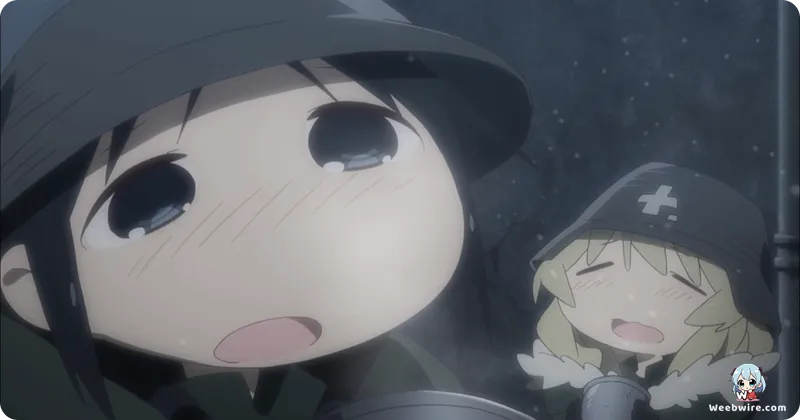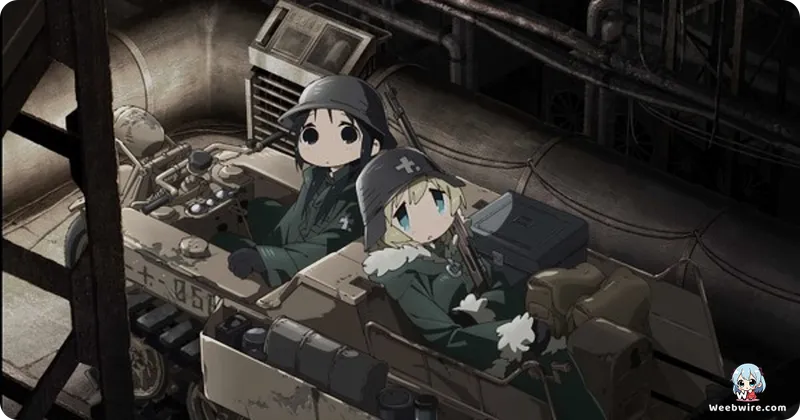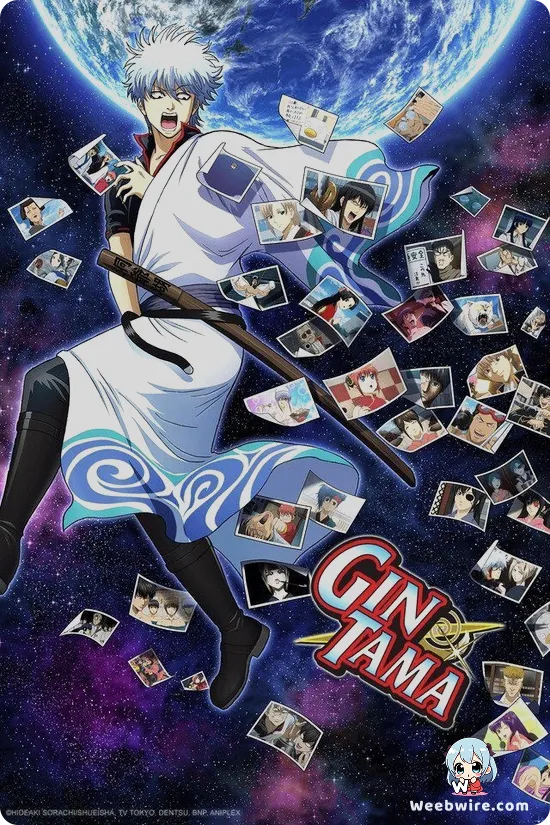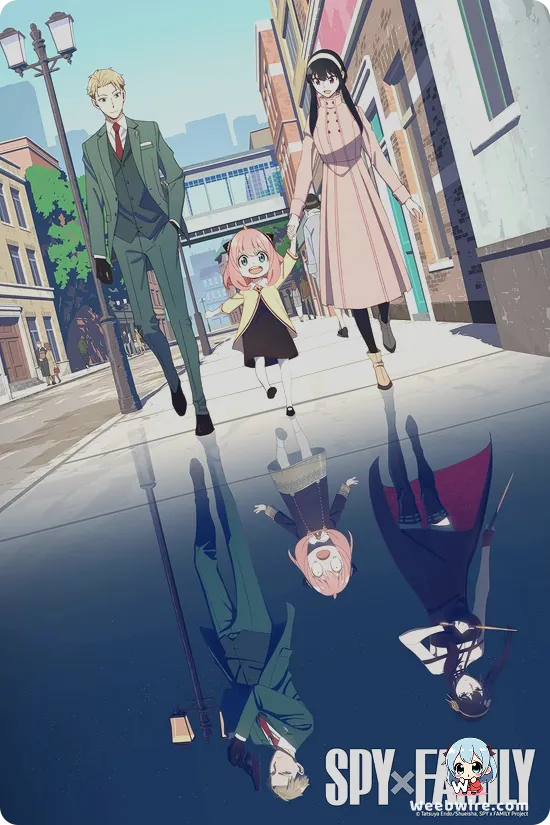Girls' Last Tour: A Quiet Masterpiece Exploring Humanity's Enduring Spirit in a Desolate World

In the expansive world of anime, Girls' Last Tour (Shoujo Shuumatsu Ryokou) stands as a unique, genre-transcending gem. Initially appearing as a simple tale of two girls navigating a desolate, post-apocalyptic landscape, it quickly reveals itself as a profound exploration of philosophical musings, subtle humor, and deep observations on existence, making it an essential watch for discerning enthusiasts. The series foregoes high-octane action for quiet introspection, capturing hearts through the resilient journey of its protagonists, Chito and Yuuri.
Adapted by Studio WHITE FOX from Tsukumizu's manga, the narrative follows the pragmatic Chito and her free-spirited companion Yuuri as they traverse the multi-layered ruins of a forgotten civilization aboard their trusty Kettenkrad. This real-world German World War II vehicle serves as a subtle anachronism, grounding their fantastical world while symbolizing their persistent, almost Sisyphean trek through decay, highlighting their limited resources and unwavering drive.
Artistic Style and Thematic Depth
The anime's distinctive artistic style, faithfully adapted from Tsukumizu, is a highlight. Simple, childlike character designs contrast powerfully with vast, bleak, yet intricately detailed cityscapes. A muted color palette intensifies the desolation, with unexpected bursts of light or color emphasizing moments of warmth and discovery, masterfully balancing existential dread with simple beauty.
The series expertly weaves existential themes into its fabric without ever feeling preachy. Through Chito and Yuuri's seemingly mundane conversations and discoveries, the narrative delves into fundamental questions about life's meaning, civilization's purpose, and the inevitability of endings. Their discussions, whether on ancient texts or a fleeting snowflake, lead to surprisingly profound insights, presenting complex philosophy accessibly through their innocent, often humorous perspectives.
Sound Design and Character Dynamics
Further enhancing immersion is the exceptional sound design and minimalist score. The largely silent world is punctuated by the Kettenkrad's hum, gentle rain, distant echoes, or crunching snow, amplifying isolation and scale. Kenichiro Suehiro's understated soundtrack, with ambient sounds and melancholic melodies, perfectly complements the contemplative mood. The opening and ending themes, 'Ugoku, Ugoku' and 'More One Night,' performed by Inori Minase (Chito) and Yurika Kubo (Yuuri), offer a contrasting, upbeat, and hopeful counterpoint to the series' often somber atmosphere.

The dynamic between Chito and Yuuri forms the emotional core. Chito, intellectual and pragmatic, shoulders navigation and understanding the past, while Yuuri, instinct-driven and impulsive, finds joy in simple pleasures. Their contrasting personalities create a perfect equilibrium, with Chito's caution balancing Yuuri's recklessness and Yuuri's optimism often guiding Chito from intellectual spirals. Their mutual reliance, endearing squabbles, and unwavering bond in absolute desolation are truly heartwarming, exemplifying human connection's enduring power.
Moments like their encounter with a giant fish-like machine, sparking discussions on consciousness, or their constant search for food, highlighting fundamental human needs, become profoundly significant, reminding viewers of beauty in the mundane. Studio WHITE FOX, known for Re:Zero and Steins;Gate, made a notable creative departure, meticulously adapting Tsukumizu's art style and atmospheric storytelling. They faithfully rendered vast cityscapes and preserved the manga's contemplative, ambiguous ending, aligning with the series' philosophical undertones and leaving viewers much to ponder.
Ultimately, Girls' Last Tour transcends being merely a post-apocalyptic anime; it is a meditative odyssey, a philosophical treatise disguised as a slice-of-life adventure. Its unique visuals, profound themes, exceptional sound design, and endearing relationship create a truly special experience, encouraging appreciation for small wonders, contemplation of big questions, and discovery of beauty even in desolation, cementing its status as a quiet masterpiece in the anime world.
Credits
Girls' Last Tour
Author
Tsukumizu
Cover Art
Tsukumizu
Studio
WHITE FOX
Publisher
Shinchosha
Producers





